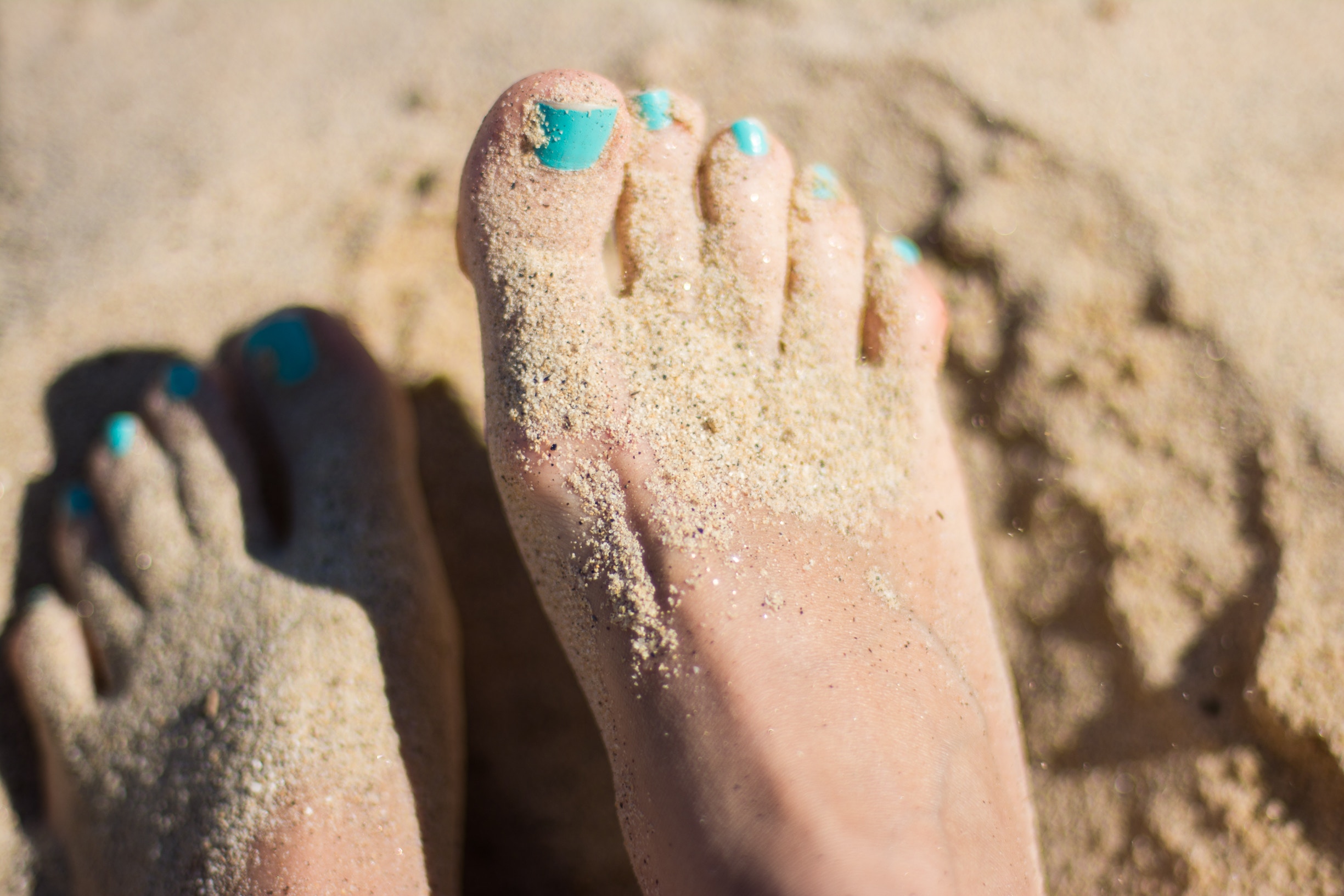As we age, strong, mobile feet are a major asset. Warmer temperatures make that easier to accomplish.
Feet are easy to ignore, especially in winter when they’re tucked away in shoes and socks. But they deserve our greatest respect.
They’re intricate collections of muscle, bone, tendon, ligament and other tissues that allow us to move, stay stable, absorb shock, and so on. Even the skin on our feet is constantly sending messages about the surface they’re on.
One part most of us have heard of is the plantar fascia. This is a strong band of connective tissue that runs from the heel to the ball of the foot.
The plantar fascia plays a big role in maintaining our arches, and every time we take a step it stretches. Given we take thousands of steps a day, it’s a work horse.
But if we put it under too much strain it’ll protest, usually in the form of heel or arch pain called plantar fasciitis. Of course, like other tissues in our body, as we get older it gets a little less forgiving.
Those strains can include landing heavily on it, standing for long periods on hard surfaces, or spending too much time in shoes like thongs or slides with no arch support. (As a rule of thumb look for shoes that hug your arches.)
If we have flat feet or very high arches our risk of plantar fasciitis increases.
Tight calves can also trigger heel pain because the calf muscles run into the Achilles tendon which attaches to the heel.
Another part of the foot that puts in a huge amount of work is the big toe. It’s important for balance, and if our big toe is weak (i.e. it can’t press down strongly) our odds of falling increase.
So stretching and strengthening our feet both reduces our risk of foot pain and improves our stability.
Here are a few basic movements that make a difference:
- Calf stretching and strengthening. An easy way to stretch the calves is to place the front of your foot on a surface that’s higher than the heel and let your heel drop down to the floor. Do both feet together or one at a time and hold the stretch until the tension eases. A tightly rolled up towel works well, but a thick book, a yoga brick or a low ledge can do the trick too. If the stretch is too strong, try something lower.
- Heel raises are a simple calf strengthening exercise. As the name suggests, you raise your heels as high as you can off the floor, keeping the feet lined up straight. Build up to doing 20 a couple of times a day. If that’s easy, hold something that won’t move (like your kitchen bench) and see how many you can do on one leg.
- Spreading the toes — splay them to make your feet as wide as you can. Try it 10 times.
- Shorten your foot by lifting the arches to give it a kidney bean shape. Again, try 10 times on each foot.
- With your feet on the floor, raise the big toes only (toes 2 to 5 stay on the floor). Then do the opposite and raise the other toes while the big toes stay down. Keep your toes long though — don’t scrunch them up.
- Mobilise your feet by rolling your soles over a tennis or golf ball. Or give them a good massage.
- Keep your ankles supple and the foot muscles strong with ankle circles and by pointing your toes away from and towards you.
Stretching can help our feet get going in the mornings but it’s also useful to do when they’re warmed up after exercise.
Walking barefoot on softer surfaces such as sand or grass can also be beneficial, provided we don’t overdo it, but wear supportive shoes on hard surfaces like concrete.
If you do something that puts your feet under too much stress, ice helps quell the inflammation. You might’ve come across the idea of treating plantar fasciitis by rolling the sole of your foot over a wine bottle that’s been filled with water and frozen.
Summery weather is a great chance to kick our shoes off and get our feet moving. Let’s make the most of it.
Photo Source: Juja Han, Unsplash

